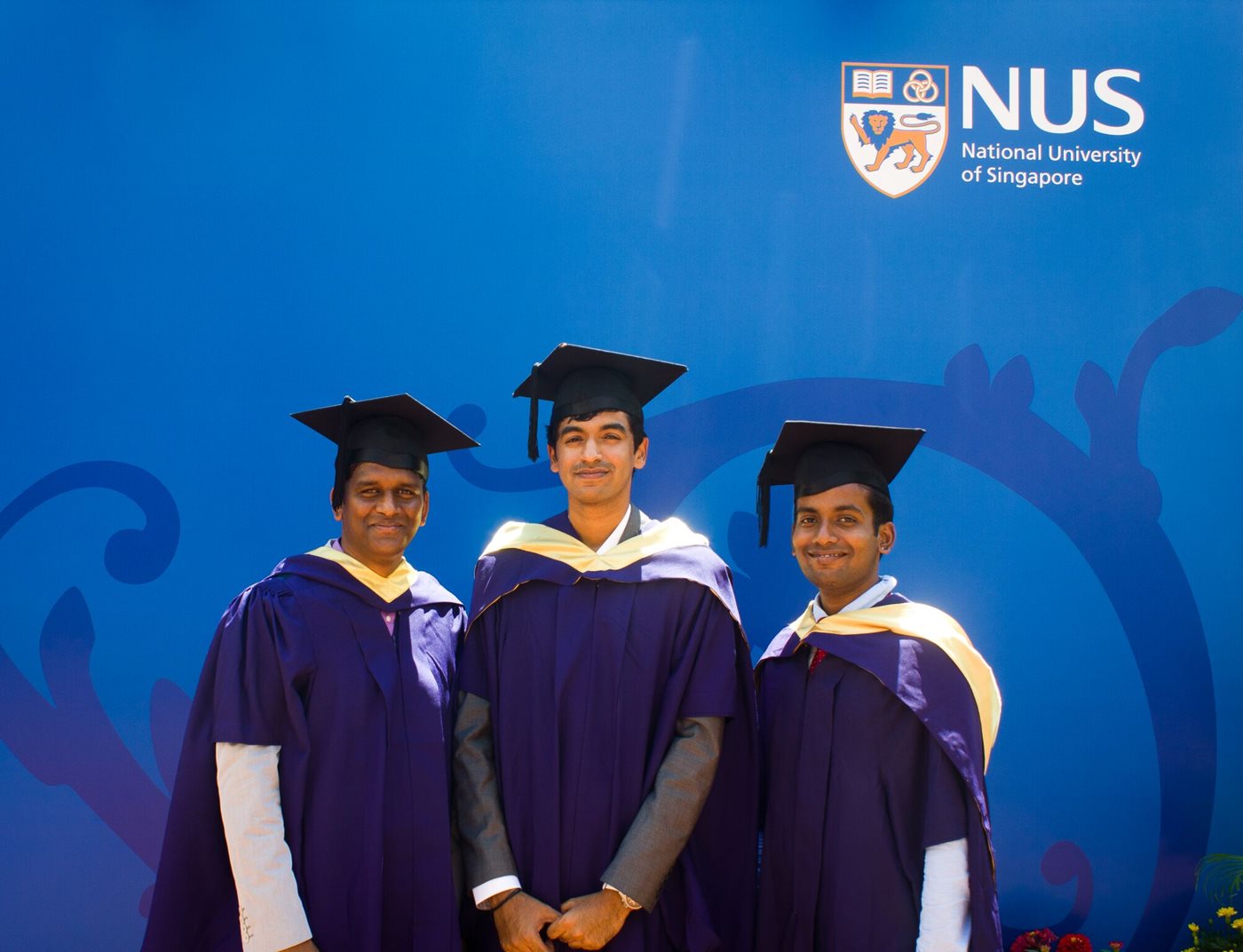November 2018

There are quite a few aspects that are worth mentioning.
1. Education:
The education at NUS is similar to that of at TAMU. Classes at NUS follow the bell curve and are graded on a 5 point scale system. It was difficult at first to get used to the bell curve system, but eventually, I was able to. As a graduate student in civil engineering most of the classes at NUS were from 6:00 PM to 9:00 PM. So that part time students had the time to work from 9:00AM to 5:00 PM. The courses at NUS and TAMU are handled by eminent faculty who have good recognition in academia and research.
2. Food:
I could write a whole page for food. Like TAMU, NUS has a lot of food courts that serves local and international cuisine. They a follow a system where students collect clean trays and buy the food from different food stalls. Upon eating, students return the tray to a return along with all the plates and bowls used. As a regular visitor to one of the food stalls, the owner of the stall used to provide a lot of free food (much needed motivation for graduate students). The university food was incentivized by the government and so it was very cheap. A lunch would cost me around 5 USD (that includes desert and drink).
3. People
NUS houses a lot of international students from various parts of the world. TAMU has been growing horizontally (in terms of land area), NUS has been growing vertically (Taller buildings due to restricted land space). Similar to the Zachry Education Complex, NUS opened U-Town. These building serve the students to think and learn with an open mind in readily accessible state of the art infrastructure.
NUS and TAMU has given me wonderful life experiences and I was able to understand the cultural sensitivity of people from different aspects of the world. I feel at home in both places because the community makes an effort for it.
---
Pavan Akula
Pavan is a PhD student in the Department of Civil Engineering